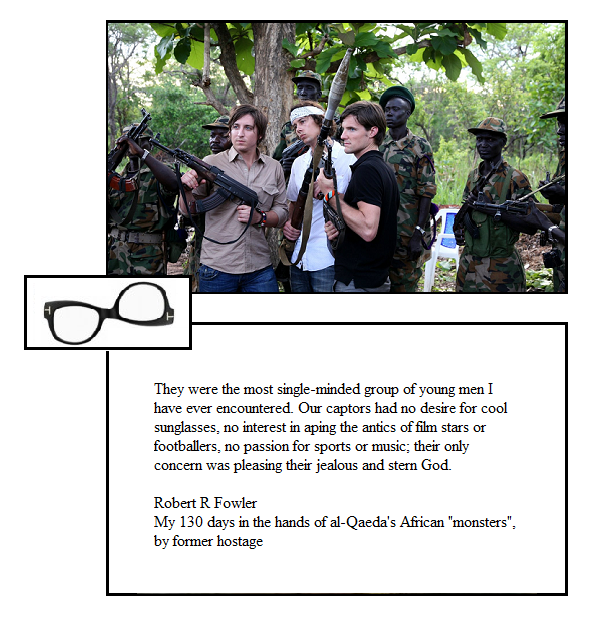[ by Charles Cameron — addendum to an earlier post ]
.

Blog-friend Michael Robinson pointed me towards some interesting materials today that are relevant to my earlier post Of dust and breath, and I’m drawing here on his various emails to present them to you.
Each of these stories has more details than can be mentioned here: in each case, the link will take you to further riches.
1.
As Michael points out, “The ‘celebrity memorabilia,’ ‘sports memorabilia’ market — and also the ‘film memorabilia’ stuff is completely analogous to relics” featuring “individual players ‘worn’ unwashed game shirts or ‘Gone With The Wind Dresses’ and the like”.
His reference here for further reading is to Tim Munby‘s Cult of the Autograph Letter in England (1962), which “traces the rise of these sentimental phenomena in what after all was a Protestant Culture”. Michael notes, “if memory serves I think it simultaneous to the beginnings of Methodism, though from memory Munby draws no parallels”.
2.
Moving on to religious collectibles (assuming for a moment that sports memorabilia don’t qualify, not a necessary assumption), he points us to an article in the Toledo Blade today titled Ex-Toledoan sleuths out biblical relics for collectors, which discusses Scott Carroll‘s work in putting together the Green Collection, selections from which are currently on display at the Vatican:
Former Toledoan Scott Carroll doesn’t break into dusty tombs or dodge poisoned arrows, but the charismatic professor’s globe-trotting adventures in amassing the world’s largest private collection of rare biblical texts and artifacts have earned him the reputation of “the Indiana Jones of biblical archaeology.”
Mr. Carroll … has purchased nearly 50,000 ancient biblical papyri, texts, and artifacts since November, 2009, for the Green Collection, funded by Steve Green and the Green family. The Oklahoma City-based owners of 499 Hobby Lobby retail stores in 41 states, the Greens have been bankrolling Mr. Carroll’s collecting with the ultimate goal of having the items displayed in a nonsectarian Bible museum.
“I tell the Greens that I trust them to know where to put a store, and they need to trust me to stock the shelves,” Mr. Carroll said in a telephone interview he gave The Blade from Rome, where the Green Collection this month opened an exhibit at the Vatican called Verbum Domini, or Word of the Lord. The exhibit, which is free and open to the public, features 152 artifacts displayed contextually in settings ranging from re-creations of the Qumran caves where the Dead Sea Scrolls were discovered to a monastic scriptorium and an excavation of a Roman garbage city in Egypt.
I liked this passage, too…
Mr. Carroll said he has to laugh at opening an exhibit in Vatican City, seat of the global Roman Catholic Church, when he thinks of his childhood run-ins with the church.
“It’s kind of ironic because I was suspended and expelled from several Toledo Catholic schools in my upbringing,” he said. One of the expulsions, he added, was for setting fire to a church when he was in grade school.
“I chuckled at length talking to cardinals about my expulsions,” he said. “I was an athlete and rather rambunctious as a child — and that is putting it mildly. I was too active, not very self-disciplined, and ran into trouble.”
Reminiscing about one’s setting a church on fire as a youth sounds like an intriguing was of breaking the ice with their Eminences.
3.
Michael also drew my attention to this account of Rabbi Menachem Youlus [depicted above], “a self-described ‘Jewish Indiana Jones'” according to the New York Times – Indiana lookalikes seem to be cropping up all over! – who for years “told stories of traveling to Eastern Europe and beyond to search for historic Torahs that were lost or hidden during the Holocaust” but recently admitted he had lied (NYT, Rabbi Admits Torah Tales Were a Fraud, February 2):
“Between 2004 and 2010, I falsely represented that I had personally obtained vintage Torah scrolls — in particular ways, in particular locations — in Europe and Israel,” he told Judge Colleen McMahon of Federal District Court. “I know what I did was wrong, and I deeply regret my conduct.”
4.
Finally, from the world of Islamic art, Michael brings us another tale of collectors and their sometimes disreputable practices — this time from The Economist and having to do with the 16th-century illuminated version of Ferdowsi‘s epic Shahnameh, with its “lyrical calligraphy on gold-spattered pages” and “258 painted miniatures”, purchased at auction and “broken up” [as also depicted] – to the horror of collectors and bibliophiles – by Arthur Houghton :
In 1976 Houghton auctioned seven of its paintings at Christie’s for £863,500 ($1.6m): nearly four times more than the $450,000 he had paid for the whole book. He gave 78 pages to the Metropolitan where he was chairman of the trustees. When he died in 1990, 120 pages remained in the manuscript. These went back to Iran in 1994 in a swap for “Woman III” by Willem de Kooning, an abstract expressionist painter. Each side of the swap was valued at $20m.
5.
Hypothesis: all collectibles are talismans, all talismans are sacred.
****
Further addendum:
I’d intended to post this as a comment, but the comment function seems to be off — will try to fix that — but Michael’s most recent post to me included a pointer to a still current offer of a highly-collectible Americana twosome:

Available for order today from The Historical Shop, Metairie, LA
ADDENDUM:
Zen here – dealing with an internal server error as it relates to comments and pings on Charles’ post. Unable to turn comments back on at the present time – only this post seems to be encountering problems. Trying to fix.
ADDENDUM to the ADDENDUM:
Comments are now open.






